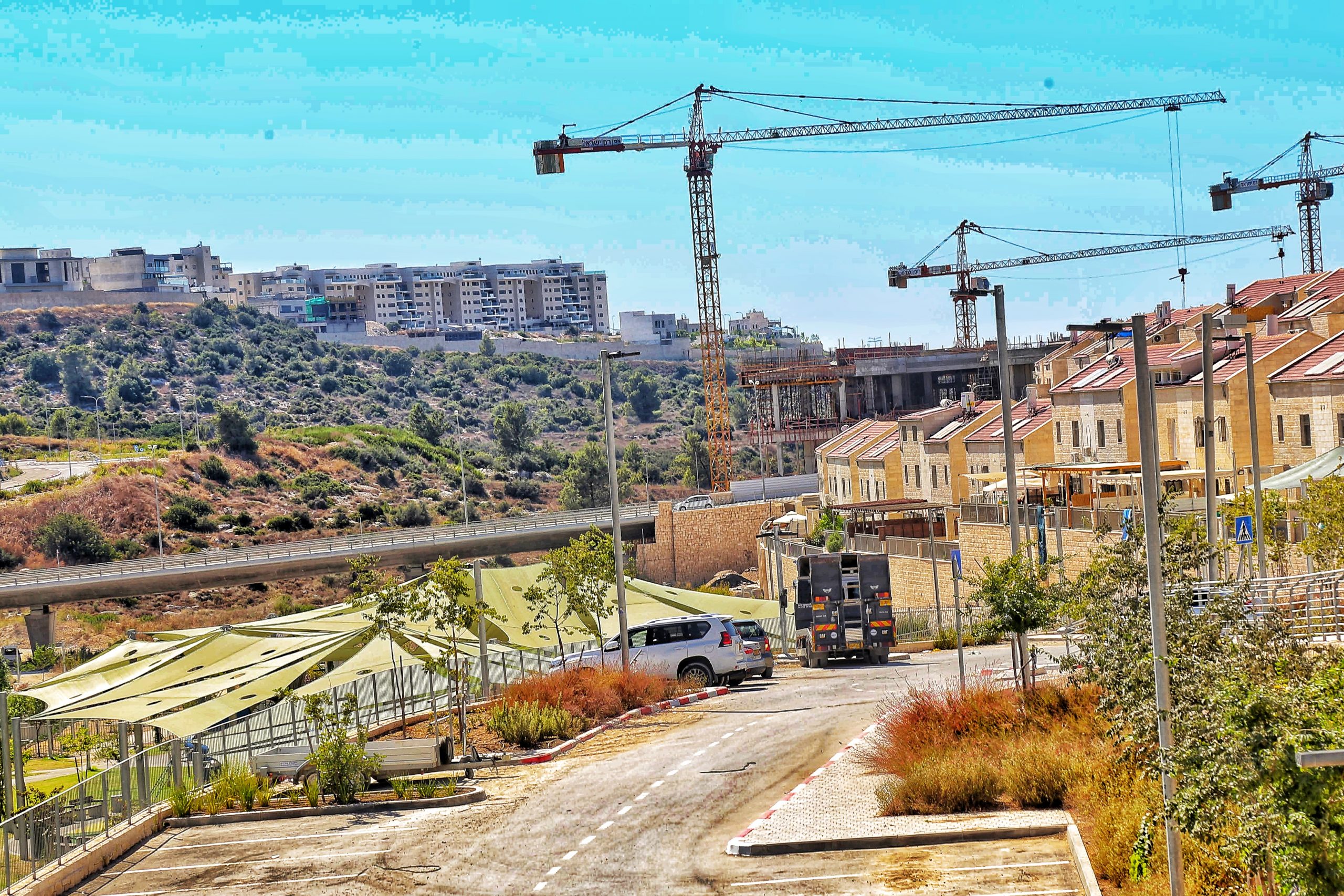Housing Prices Out of Control
As we speak, apartment prices in Israel are spiraling out of control. Even in a city like Beit Shemesh, where people went to buy bigger, nicer, more affordable housing to avoid the sky high prices of Jerusalem, has risen to the point that while still cheaper than Jerusalem, you can’t expect too much more for your money any longer. What has gone wrong?
The answer according to a senior member of the Bank of Israel is the shortage of new housing units being built. The annual need is estimated to be at 60,000 new apartments a year. According to the Central Bureau of Statistics in 2016 there were 56,600 new housing starts and that figure has fallen every single year to 52,800 in 2020. The first quarter of 2021 recorded 12,100 new housing starts, which represents a decline of 20% from the first quarter last year. At that rate Israel will not even reach 50,000 housing starts in 2021. With demand constantly exceeding supply and the gap only growing, a continuing rise in prices is inevitable.
So why is there a shortfall and what can be done? The problem is twofold, half solvable, sort of.
Problem #1 Israeli Bureaucracy
Israel is notorious for their impossible bureaucracy. The layers of red tape that entangle Israel can only have been created by a “Gemara Kup gone bad.” In 2014 to improve this situation, a working body called the “Vatmal” was created by the central government to create long term plans and alleviate the housing crisis. They were given authority to override certain hurdles in order to speed up the process.
Nevertheless the process is still long and tedious and can be held up by various parties at each juncture. It starts with planning and allocating land. Then the lands are marketed. At some point it needs municipal approval, and so on and so forth. Needless to say the dream of the Vatmal has not yet paid dividends. By coming up with a better solution to the process things could move forward at a faster pace, but will it ever happen?
Problem #2 Resources
In order to build on any barren piece of land, a great deal of infrastructure work must be done. It varies depending on the land’s specific contours. A plan is created that includes preparation of the site and infrastructure needs. Certain lands may need cleaning from hazardous substances before the work begins. In Israel the terrain varies greatly from region to region, and so does the work needed before building. Even once everything is set, negotiations between the municipality and the builder granted the rights, can alter the plan and make additional infrastructure work necessary.
Resources are not limitless and depending on the complexity of the site things can end up moving very slowly.
All in all the outlook for a rise in housing starts does not seem on the horizon. For the medium term, since Israel is a small country coveted by many all over the world, coupled with an increasingly wealthy middle class who can afford to buy investment homes, demand will outstrip supply for the foreseeable future. That is until prices rise high enough to price potential buyers out of the market, which should steady prices. And at that point there will be a serious housing crisis, as people won’t be able to afford housing. Public is housing in Israel like in Europe is virtually non-existent and plans for it have not been on anyone’s radar screen.
Conclusion
At 2%, Israel has the fastest growing population by far from any OECD country. The population is expected to double by 2050 and by 2065 it is projected to be the second most crowded country on earth. After years of wrangling and various plans, creative viable solutions are needed fast.




